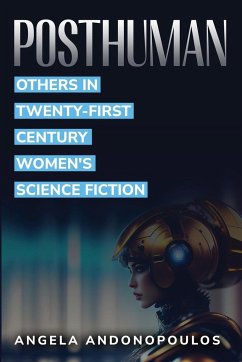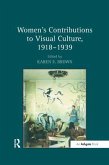Twenty-first century women's science fiction mobilises the posthuman imaginary-tropes like the hybrid, the splice and the technologically created monster-to challenge systems and ideologies that position certain individuals and groups as Others on the basis of their race, gender, biology or appearance, in this thesis i examine the different manifestations of the posthuman in five recent novels by women writers. I argue that each narrative questions the politics of the embodiment and the Othering of those deemed 'nonhuman as a result of their deviance from normal aesthetic or biological models of the human. I analyse Marissa Meyer's Cinder (2012) as a young adult science fiction narrative in which the posthuman becomes an apposite metaphor for the female coming-of-age process, presenting a contemporary example of how fictional cyborg embodiment is being utilised to engage with notions of anomalous embodiment. I also examine depictions of posthuman coming-of-age in Mary E. Pearson's The Adoration of Jenna Fox (2008), a process that involves tensions between real and artificial, human and machine. I consider how Pearson utilises the posthuman to engage in questions of personhood and posthuman ethics, and whether 'human essence' can be located in the mind, body or soul. Julianna Baggott's post-apocalyptic novel Pure (2012) destabilises associations between 'normal' embodiment and definitions of the human.







